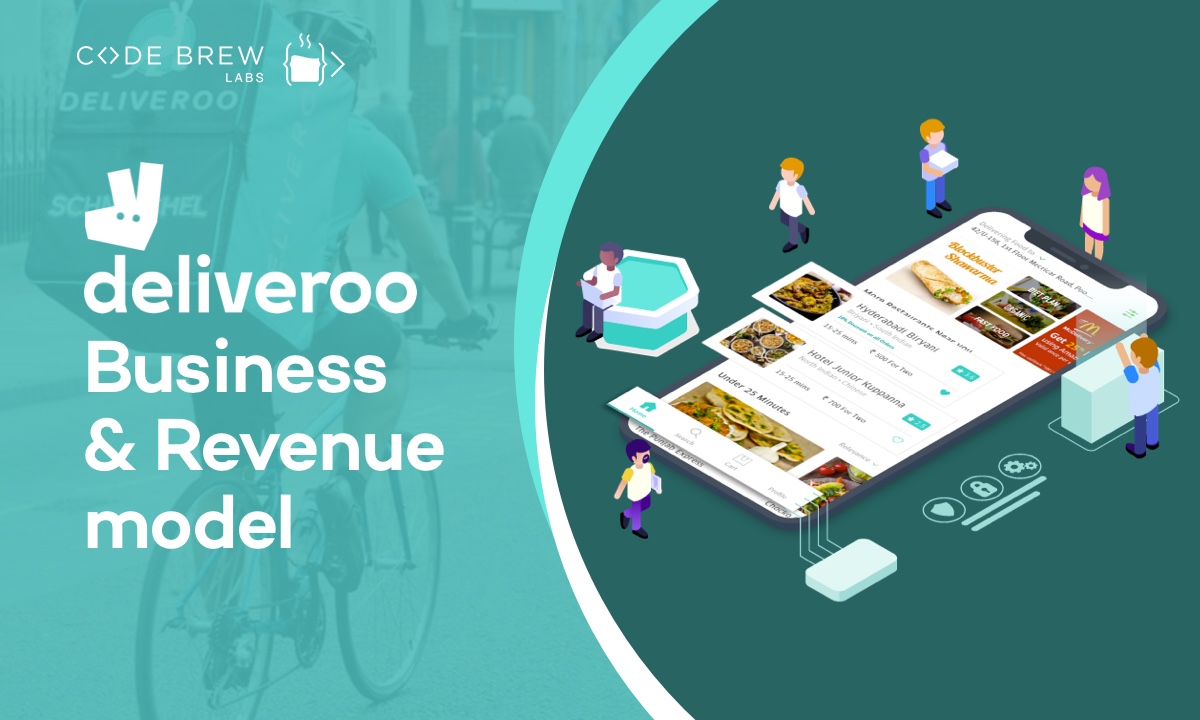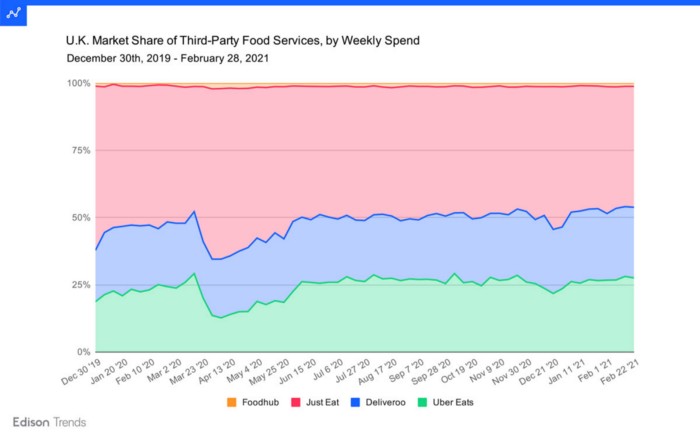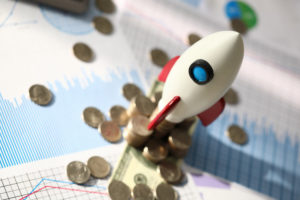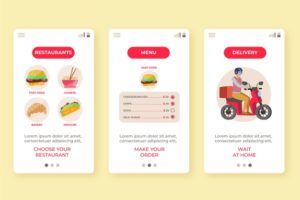
Popular on-demand food delivery apps like Deliveroo have set up high standards in the industry. With a 431% increase year-on-year, it generated £4.1 billion revenue in 2020.
Table of Content
Such platforms have transformed the way people consume restaurant or street food. To put short, apps like Deliveroo have enabled:
For the entrepreneurs who want to build apps like Deliveroo, it is the perfect time to take the next move. Currently, the online food delivery industry is generating $26.5 billion revenue. And this is expected to grow immensely with each passing year.
So, without wasting any time let’s figure out how Deliveroo works and makes money.
Operating in 13 countries now, Deliveroo is competing with food delivery apps like Uber and Just Eat. Partnered with more than 140,000 restaurants across 800 cities, it serves over 9 million users.
Deliveroo is different from other market leaders like UberEats, and Doordash with ghost kitchens at its base. However, since its launch in 2017, Deliveroo Editions– a dark kitchen concept created to serve online food directly, the number of such units is increasing, and they are planning to double the capacity.

The British online food giant has a 26% market share and is one of the most successful online food delivery businesses worldwide. So, if you are looking to mimic the success of Deliveroo for your business, here we are with everything you need to know about its revenue model and business logic and how to create a food delivery app like Deliveroo.
Let’s start with how Deliveroo works.
Deliveroo is an online food delivery business that allows users to order their favourite dishes from nearby restaurants listed on their platforms like web and smartphone apps. The food delivery marketplace partners with several restaurants to serve customers and do not have in-house kitchens. Therefore, it acts as a facilitator between the restaurants and consumers for the transactions to occur.
The online food delivery giant follows an aggregator model at its core, one of the most popular business models. An aggregator model is most suitable for startups and entrepreneurs that have limited capital to invest initially. It works as a facilitator for the users and restaurant owners to exchange food and money without any direct involvement. Online food delivery business applications or the marketplace platform is their tool to facilitate such transactions.
While some online food businesses leverage the aggregator model to create a marketplace with in-house delivery services, others choose to partner with third-party service providers. In either scenario, an aggregator offers a platform for restaurants to add their menu, facilitate transactions and provide delivery services.
Now that we have an idea about the business models that Deliveroo uses, let’s understand different aspects of the model and source revenues.
Deliveroo has two major customer segments – platform users and restaurants. Users order food from the platform, and restaurants list their dishes. Both receive value in some form from the online food delivery marketplace.
Deliveroo offers values like better accessibility to customers, risk reduction, and brand reputation for restaurants. At the same time, it provides ease of ordering, competitive prices for dishes, and the convenience of home delivery.
The UK food delivery giant offers higher value to restaurant owners with delivery charges as low as £2.50 per transaction. Apart from the platform, Deliveroo also provides delivery services for restaurants to cater to a wide range of consumers. It offers food delivery in 32 minutes which is of great value for customers. In addition, with more restaurants and different menus, consumers get better value from the platform.
Deliveroo engages with the customers through their portal and online food delivery application. Apart from the platform, it also uses social media profiles and marketing channels to communicate with customers.
Deliveroo is primarily operational in the UK but has partners like Grab in SouthEastAsia. Apart from the SouthEastAsian partner, Deliveroo also has partnered with the Norwich Football Club to be the official takeaway service.
The online marketplace platform for food delivery service of Deliveroo that includes a portal and application is the primary resource. Apart from the tech stack, it has resources like delivery agents, customer service providers, and engineers that constantly work towards improving the platform.
One of the key activities that Deliveroo conducts is to maintain the platform for providing a higher value to consumers and restaurants. Apart from the platform, it also enables efficient delivery service through a fleet of delivery agents, navigational features, and real-time tracking of food orders.
Now that we have an idea about the different aspects of the Deliveroo business model, let’s see how they monetise the platform.

Deliveroo uses a commission model for generating revenues on their online food delivery marketplace. However, apart from the commission charges, the platform also has alternate revenue streams by charging delivery fees, service fees, onboarding charges, and cloud kitchen sales. Let’s discuss these revenue streams employed by Deliveroo.
Deliveroo takes a 10% to 20% commission on every order a restaurant receives through the platform. If a restaurant owner has more than one delivery partner, including Deliveroo, the charges are higher. Every online food delivery marketplace charges commission fees to the restaurants according to the agreement between them.
Deliveroo offers a subscription plan for consumers known as “Deliveroo Plus.” The subscription fee for Deliveroo Plus is £3.49 per month, which offers unlimited free delivery. Apart from the free delivery, this plan helps customers reduce their billing costs on large orders due to discount coupons.
Mimicking the success of such an online delivery giant is not just about the business model or even revenue model. These are just the basics of a great platform, and a marketplace needs a reliable tech stack to deliver value. So, let’s look at some of the features that will help you create more value for your consumers and restaurant owners.

Deliveroo is just the tip of the iceberg as the online food delivery market has many players, and you will need cutting-edge technology to compete with them. Codebrew is one tech partner as a food delivery app development company that can help you with reliable and innovative online food delivery app development solutions that can mimic the success of Deliveroo. The best thing about such a tech partner is the engineering expertise that helps create complex and intelligent features.
How much does it cost to build an app like Deliveroo? Do you have the same question?
Check this:
